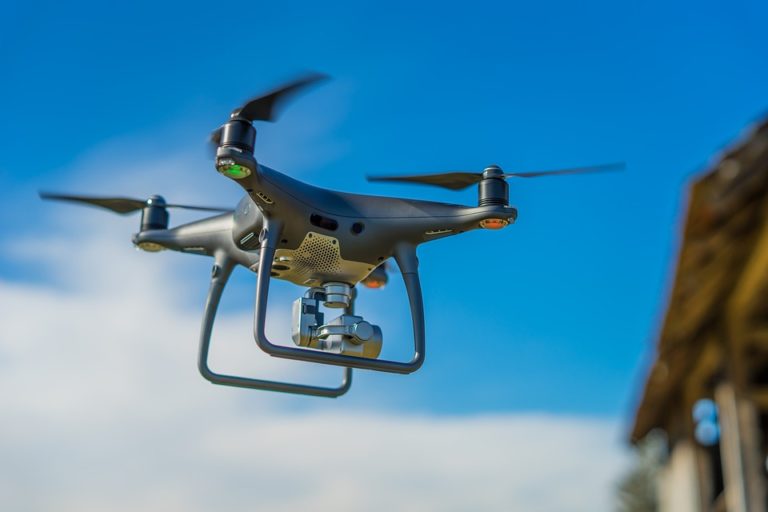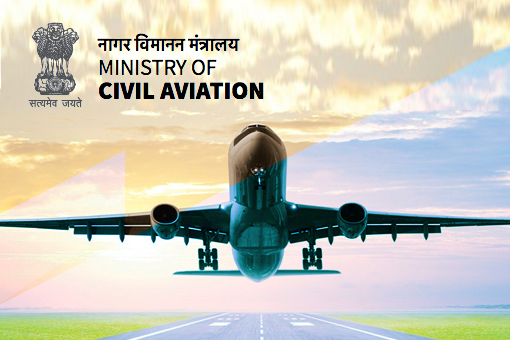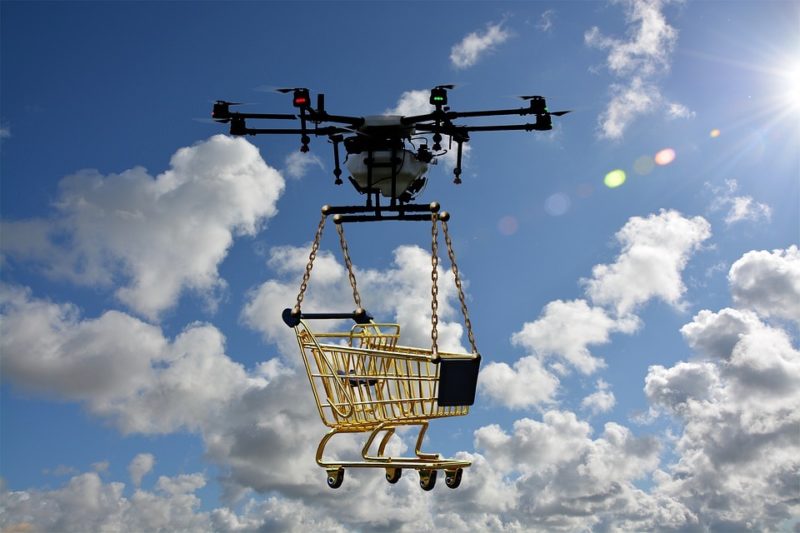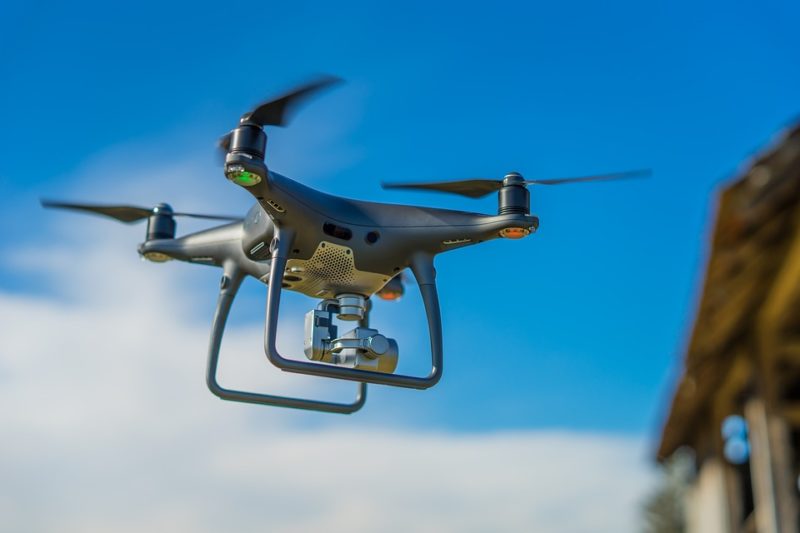
Drones are being used in India for quite a while now, but in the past two or three years, there has been a rise in the use of drones. Nowadays whether it’s a concert or a wedding or even a school’s annual day, a drone has become a must.
Which is why the government of India had to put certain guidelines and regulations in order to fly these unmanned and remotely controlled flying units. The Ministry of Civil Aviation has provided with these guidelines and hence if you’re planning on purchasing a drone, here’s all that you need to know.

The Ministry of Civil Aviation has categorised drones in the following manner-
- Nano: Less than or equal to 250 grams (.55 pounds)
- Micro: From 250 grams (.55 pounds) to 2kg (4.4 pounds)
- Small: From 2kg (4.4 pounds) to 25kg (55 pounds)
- Medium: From 25kg (55 pounds) to 150kg (330 pounds)
- Large: Greater than 150kg (33 pounds)
Registration is required for all but the Nano category.
Here are all the rules you need to know before buying and flying drones in India.
1. Unique Identification Number for All Drones
All Drones except those in the nano category are required to get registered and acquire a Unique Identification Number (UIN).
2. Drones Can Only Be Flown in Daylight
To begin with, the regulations that were passed on drones, the first one says that the drones can only be allowed to fly in the daylight, under the visual line of sight only. Under this regulation, there have been specifications as to where drones are allowed and where they are strictly prohibited.

According to this regulation area around airports, near the international border, Vijay Chowk in Delhi, State Secretariat Complex in state capitals, strategic locations and vital military installations as no drone zones. Drones can also not fly near “permanent or temporary Prohibited, Restricted and Danger Areas” and eco-sensitive zones.
3. The Requirement of Permit to Fly Drones.
Under the new regulation, if a drone is being used for commercial purposes, there needs to be a legal permit to do so. This legal permit can be acquired 24 hours before the said purpose from the local police station.

This regulation excludes nano drones flying within the range of 50feet and microdrones flying within the range of 200 feet.
4. Regulation for Drone Pilots
There is a set of rules for the people who fly these drones remotely. According to these rules, the pilot must maintain a direct visual line of sight from the drone at all times. The pilot cannot fly the drone vertically for more than 400 feet.
5. Permit to Fly in Controlled Airspace.
While flying in controlled airspace the pilot needs permission, which can be obtained by filing a flight plan and obtaining a unique Air Defense Clearance (ADC)/Flight Information Center (FIC) number.
6. Foreigners Excluded From These Regulations.
Under these regulations, it has been stated that foreigners are not allowed to fly drones in India. And in order to fly drones for commercial purposes in India, they will be required to lease the drone from an Indian entity who will obtain the Unique Identification Number (UIN) and UAOP from DGCA.
7. No Permission No Takeoff Policy
There is a strict policy of No Permission No Takeoff which means that before every single flight, the pilots are required to take permission to fly from a mobile application. This mobile application is designed to accept or reject the application automatically. India calls this system as NPNT (No Permission No Takeoff) system.
Digital Sky Platform on DGCA Website.
The regulations on drones were passed in December 2018 and the government has launched a Digital Sky Platform on the DGCA website. This platform is a one-stop to all the drone pilots in India.
This platform categorizes different drones and all the essential documents required from it. It is a digital platform to regulate the flying drones in India. Permission, permits and Identification numbers can all be acquired from this platform online.